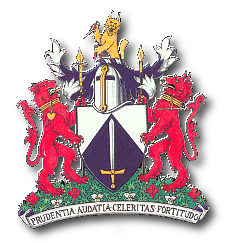
The rank of maestro can only be designated by an external body such as the now extinct International Masters at Arms Federation or IMAF, or from a recognized fencing master of a similar art or the title conveyed by a master of another fighting art who deems the candidate as a peer. All of the responsibilities and attributes of a provost extend to this rank. The only additional responsibility may be the active participation on the governing body of an external accredited organization by invitation or other similar organization, providing the maestro an international responsibility with respect to the promotion and formalization of historical fencing.
Criteria of the Candidate for the rank of Maestro
- The candidate must have access to a master and must train with him/her for an appropriate period of time.
- When the candidate is deemed ready, he/she must be presented to the examination board organized by that master training the candidate. Candidates that do not have access to a master locally may be able to test for masters certification by presenting an independent study and paper. This study must encompass all of the requirements and criteria as defined by the external body.
- Alternatively, a formal letter of intention to test with the external body must be initially submitted by the candidate. Following this, a formal presentation must be made of his/her study which must be representative of the work and research that the candidate has done to that point. All work must be historically accurate and verifiable/documented within the period treatises. If accepted a candidate must then fulfill the requirements of the external in order to be eligible to test for Master at Arms.

